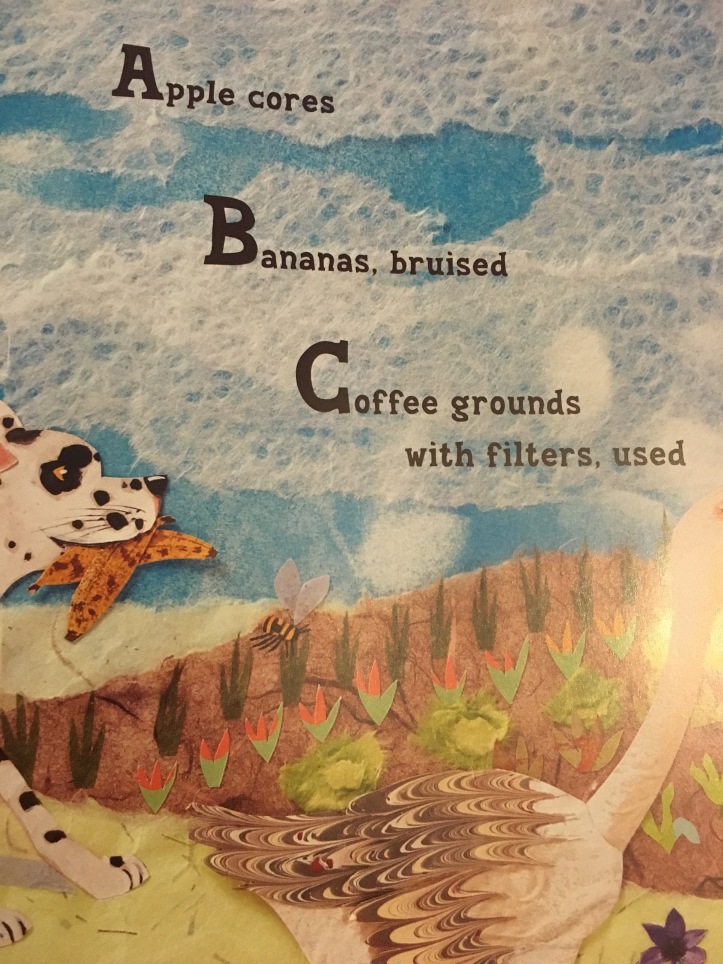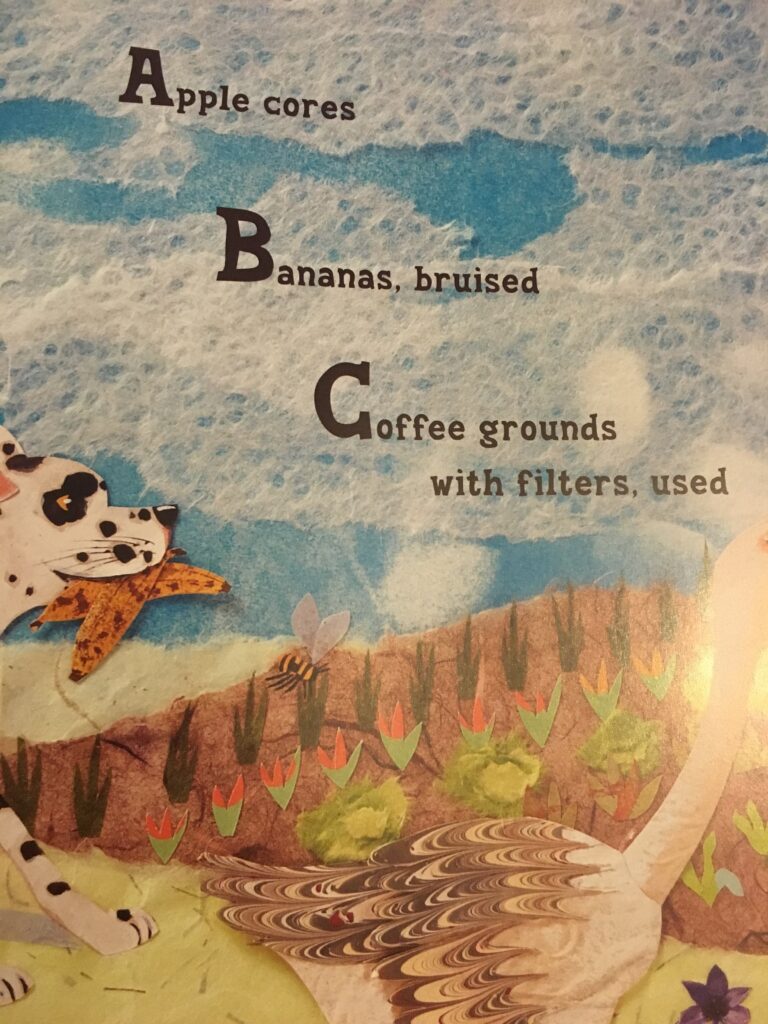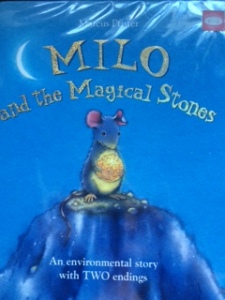This is such a fun book! AND a great way to look at compost instead of the dark, smelly and fly attracting pot it can be if not looked after carefully!
We love our compost bin, we really do:
- It keeps scraps out of our kitchen bin
- It gives us lovely fertiliser
- It doesn’t smell
- We have extra pet worms in there!
Compost Stew by Mary McKenna Siddals is a great read for children as it not only explores what you can put into a compost bin, but also rhyming words and the alphabet!
The book follows each letter in the alphabet and the scrap that can be placed in the compost bin.

The illustrations add to the great texture of the natural world as Ashley Wolff has used gouache technique and collage.
We loved looking at what else could also go into the compost bin that started with the same letter. I’m sure you will too!
SO WHAT CAN YOU DO?
Get a compost bin: You can create your own compost mound but I would only recommend this is you have a large backyard as compost can be smelly and attract insects if not maintained properly (which is always difficult if you work and/or have a family to look after)
There are so many types of compost bins out there now that range in all shapes and sizes so no excuses even if you live in an apartment!
Talk to your children about what can go into the compost bin (food scraps, tea leaves etc) and what cannot (plastic, wood etc) This will start to make them realise how important it is for us to lessen our reliance on packaged food as it will not break down.
Get outside to learn concepts like the alphabet! Don’t make them draw on a piece of paper – get outside and learn what starts with those letters and perhaps even make that letter with that object. I’ve written a previous post on this – nature play.
Make the letter ‘L’ out of leaves
Make the letter E out of broken egg shells!
Make the letter C out of carrot peelings!
Have fun with this book – it provides great links to learning the alphabet and shows that we don’t need pen and paper to learn simple things!


